The violinist shares her tried and tested method of practising to improve tone and memory skills
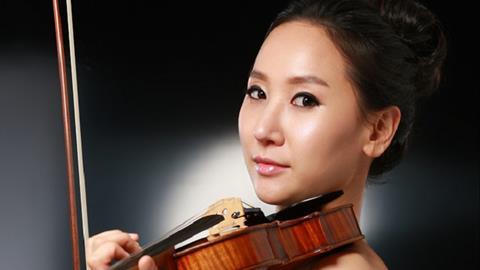
It would be every performer’s nightmare if their music sounded the same from top to bottom, without any coloration or phrasing. However, I would like to suggest a way of practising in which every note in the score is treated equally: disregard the rhythm, dynamic and shaping or contour of the music for a moment, and take a note per bow, treating it as a half note (minim) in a slow tempo in which a quarter note (crotchet) equals about 60. Do this in a moderately strong dynamic, preferably mf, using a full bow and vibrato, and most importantly make it a beautiful and flawless legato, each note really connecting to the next.
I can list many benefits of using this practice method from my own experience – beginning with its positive impact on memorisation. By disregarding rhythm, bowing, dynamics and phrasing (virtually every element of making music except sound, intonation, fingering and vibrato), music becomes far more difficult to memorise. Notes are just one element of music, and when other aspects such as rhythm and bowing are excluded, playing can become very confusing. It might take several days for you to be able to play through just half a page of your score from memory, but persevering to the end with this method will ensure you have learned the music inside out.
The second benefit concerns an even tone. The aim of this practice is to make each note equally healthy and beautiful. By excluding rhythm and marked bowing, the performer becomes freer and more able to listen meticulously to tone and intonation. Such practice eliminates the need for changes of bow speed and pressure. It is helpful to think of this as building a beautiful house on even ground. When the ground is lumpy, the construction is awkward. You need to lay the groundwork for the boundless potential of building up beautiful music with coloration and phrasing.
In rapid passagework, performers often become obsessed with the left hand or bow articulation, and are likely to forget to really listen to the sound - and, more importantly, the music. By playing everything in an expressive legato with vibrato, the player learns how to ‘sing’ on every note and between the notes as well. Legato is important not only in the right hand, but in the left hand too, and can help with timing and shifting.
Once you are comfortable with expressive legato on all notes, you will gain freedom and confidence in both hands, and can move forward to making spectacular music. This method of practising should also be applied to double stops, chords, harmonics, and pizzicato, as intonation and sound quality in those techniques are difficult to hear if played in their intended articulations. Once you hear the desired intonation and tone projection when practising in legato, you know what you are looking for when adding rhythm, dynamics and shaping back into the music.
Read: 6 tips for smooth bow changes
Moonkyung Lee's recording of Tchaikovsky Works for Violin and Orchestra is released on 10 February 2017 on Navona Records.

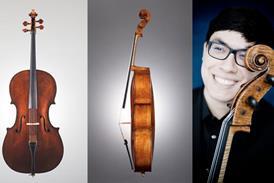

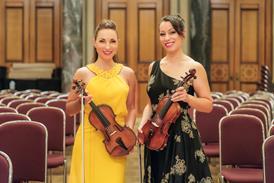
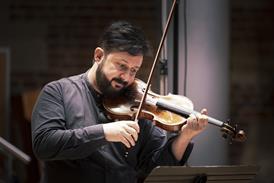
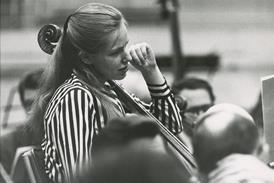



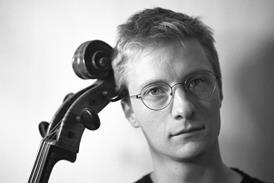

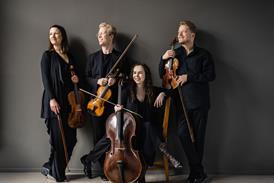


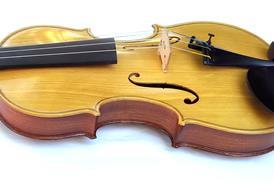

















No comments yet